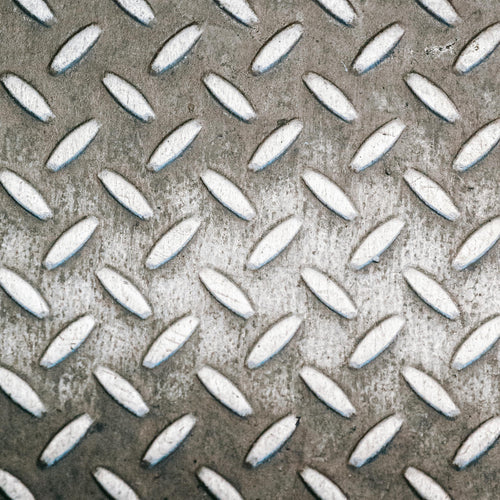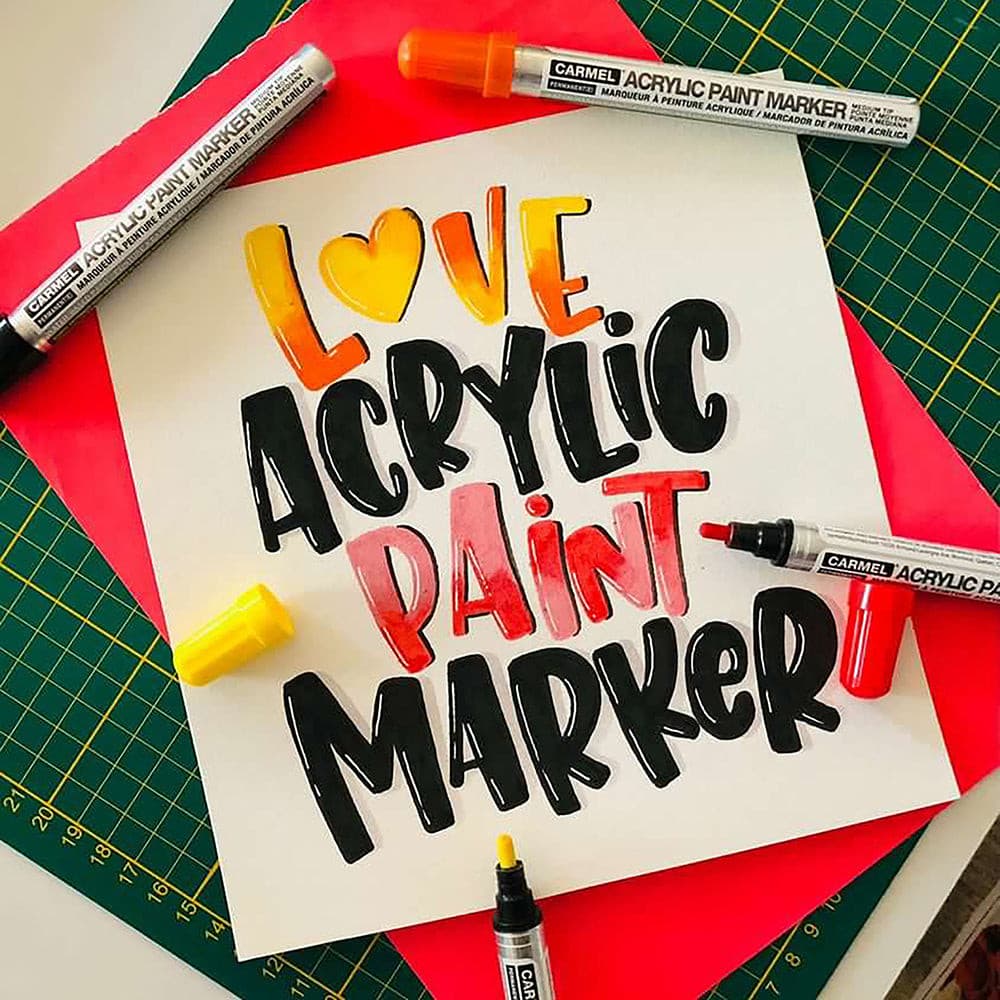Learn the step-by-step procedure for waxing cheese at home and discover how to wax cheese for long-term preservation. A DIY [Do It Yourself] guide you must needed in 2023.
Hey, Cheese Lovers!
Waxing cheese is an old-fashioned method of preserving cheese that has been used for centuries. Not only does it help to protect the cheese from mold and other contaminants, but it also adds a beautiful aesthetic to it while also allowing the flavor to develop over time. Cheese waxing is a fun and easy way to age your favorite cheeses safely, and with the right supplies and a little bit of know-how, you can keep your cheese in perfect condition for months.

Effortless Cheese Waxing in 3 Simple Steps
1. Purchase Your Cheese Wax
The first step to waxing cheese is purchasing suitable wax, it's important to ensure that you're using a food-grade wax made explicitly for waxing cheese. Generally, cheese wax is made of a combination of paraffin and microcrystalline. You can find this type of wax at Carmel's Online Store. Our Cheese Wax comes in a variety of colors, so you can choose the one that best fits your cheese. Need help deciding which color to choose? Here is a list of the colored waxes typically paired with types of cheese:
White cheese wax is generally used for mild and semi-soft cheeses, such as gouda and cheddar, while Red cheese wax is typically used for harder, more pungent cheeses, such as Parmesan, Gruyère, and Edam. Yellow cheese wax is used for semi-soft cheeses such as Swiss, Blue cheese wax is used for blue cheeses, and Green cheese wax is used for flavored cheeses such as pesto or herb-infused varieties. 2. Prepare your Cheese for the Waxing Process
2. Prepare your Cheese for the Waxing Process
Whether waxing a Dutch cheese such as Edam or a French Brie, you must first clean the surface. Here are two DIY cleaners that are safe to use on food.
Vinegar Wash
Combine 1/2 cup vinegar with 1 cup of water and 1 teaspoon salt. Soak a clean cloth in the solution and use it to wipe the surface of the cheese. This process will remove any bacteria or dirt on the surface.
Brine Wash
Alternatively, if you prefer not to use vinegar, you can also use a brine solution to clean the surface of the cheese. Mix 1/4 cup of salt with 1 gallon of water to make a brine solution. Soak a clean cloth in the brine solution and use it to wipe the surface of the cheese. Either of these mixtures will keep the cheese clean and free from bacteria before waxing.
Safety First!
When melting the wax, be sure to dress the part! A pair of heat-resistant gloves, long sleeves, and safety glasses will keep you safe; plus, having a fire extinguisher nearby is always a smart idea, just in case.

Waxing Cheese Using High or Low Heat Depends on the Type of Cheese.
Brie and camembert, for example, are soft, creamy cheeses and should be waxed on low heat. However, when it comes to high-temperature waxing, I recommend firm cheeses such as cheddar, parmesan, or gouda.
3. Start to Wax Your Cheese
Low Heat Instructions for Waxing Soft Cheese.
To begin, you'll need a double boiler, a bag of food-grade wax, a thermometer, a cheese wax brush, and cheesecloth.
- Set up the double boiler on the stovetop and melt the wax. You'll want to keep the heat low, so keeping the flame on its lowest setting is best while continually stirring the wax beads until they liquefy.
- Once the wax has melted, you'll use the thermometer to ensure that the temperature remains between 100-120°F (38-49°C).
- Dip the cheesecloth or brush in the melted wax and use it to coat the cheese. Alternatively, you can dip your cheese directly into the wax. You'll want to submerge half the cheese completely in the wax, covering the entire surface.
- Once the first layer of wax is applied, let it cool and set for around 10 minutes.
- Next, apply a second layer of wax, let it cool and set for another 10 minutes. Layering the wax will help create a stronger "shell." The cheese may take two to three dips to be thoroughly covered.
- Once both sides are covered, you'll want to let it cool completely before handling it. This will help the wax to harden and protect your cheese!
High Heat Instructions for Waxing Hard Cheese.
Just like the instructions for Low Heat, you'll need a double boiler, a thermometer, a basting brush, and cheesecloth.
- Set up the double boiler on the stovetop and melt the wax. You'll want to keep the heat low at first and then gradually raise the temperature while stirring the wax beads.
- Once the wax has melted, you'll use the thermometer to ensure the temperature remains between 140-180°F (60-82°C).
- Dip the cheesecloth or brush in the melted wax and use it to coat the cheese. Alternatively, you can dip your cheese directly into the wax. You'll want to submerge half the cheese completely in the wax, covering the entire surface.
- Once the first layer of wax is applied, let it cool and set for around 10 minutes.
- Next, apply a second layer of wax, let it cool and set for another 10 minutes. Layering the wax will help create a stronger "shell." The cheese may take two to three dips to be thoroughly covered.
- Once both sides are covered, you'll want to let it cool completely before handling it. This will help the wax to harden and protect your cheese!


How Long Can You Store Waxed Cheese
It's best to store cheese with the wax coating in a cool, dry place away from sunlight and strong odors. Refrigeration is unnecessary, but it is a good idea to wrap the cheese in wax paper or plastic wrap to protect it from drying out for up to six months.
Is Cheese Wax Edible?
Who doesn't love a beautiful cheese board full of yummy cheese wrapped in wax? It looks elegant and modern, but you can't eat the wax. Health is more important than manners when it comes to this one - even food-grade wax shouldn't be consumed!
Potential Risks
Waxing cheese is a great way to preserve the flavor and texture of cheese for extended periods of time. However, it's important to understand the potential risks associated with waxing cheese to ensure that you safely handle and store it.
One potential risk associated with waxing cheese is that of mold growth. If the cheese is not sealed properly, moisture can get trapped in the wax and cause mold to form on the cheese.
Another risk associated with waxing cheese is contamination. If the wax has holes, contaminants can enter the cheese and cause foodborne illnesses. Therefore, it is important to ensure that the wax is airtight and that all surfaces are clean before waxing cheese.
Finally, waxing cheese can be a fire hazard if done improperly. Wax is highly flammable and can ignite if exposed to open flame or high heat. So, my cheesy friends, use caution when waxing cheese and avoid open flames or high temperatures.
The (ughhh) Clean Up.
Here's the less fun part of waxing cheese…. cleaning it out of the pot and surrounding surfaces! We know this can be a bit of a hassle, but don't worry - we've got you covered.
Before you start, make sure the pot is cool. Put on some gloves and grab your trusty paper towels - you're ready to go! Submerge the pot in warm, soapy water and use the paper towels to scrub off the cheese wax. Rinse it off with clean water and dry it with a clean cloth. If there's still residue, use a mild abrasive cleaner like baking soda and water. Easy peasy!
Well, there you have it, a complete guide to cheese waxing! You'll be waxing cheese like a pro in no time!
I hope this blog was helpful, and if there's anything else you need help with when it comes to cheese-lovin' fun, please don't hesitate to reach out to us at Carmel Industries.
FAQs
What is Cheese Wax?
Discover the enjoyable and uncomplicated technique of cheese waxing to safely age your cherished cheeses. With the right equipment and a touch of expertise, you can uphold the impeccable state of your cheese for extended periods.
What is Cheese Wax Made Of?
Typically, cheese wax comprises a blend of paraffin and microcrystalline elements. Remember, even if the cheese wax is food-grade, it's advisable not to consume it.
Where Can You Buy Cheese Wax?
Cheese wax is conveniently accessible through online platforms. For the utmost quality and advantageous pricing, we recommend procuring it from Carmel Industries.


















